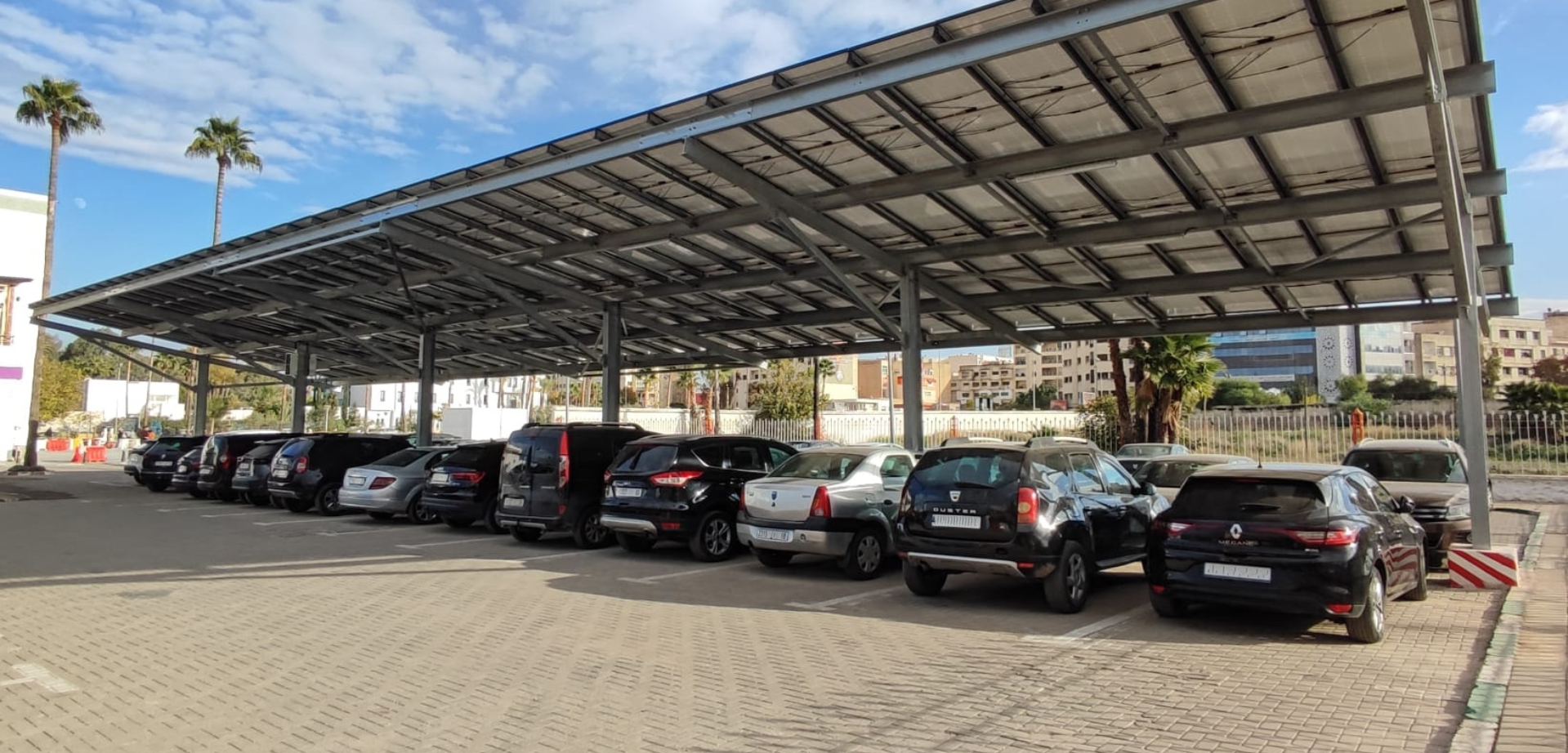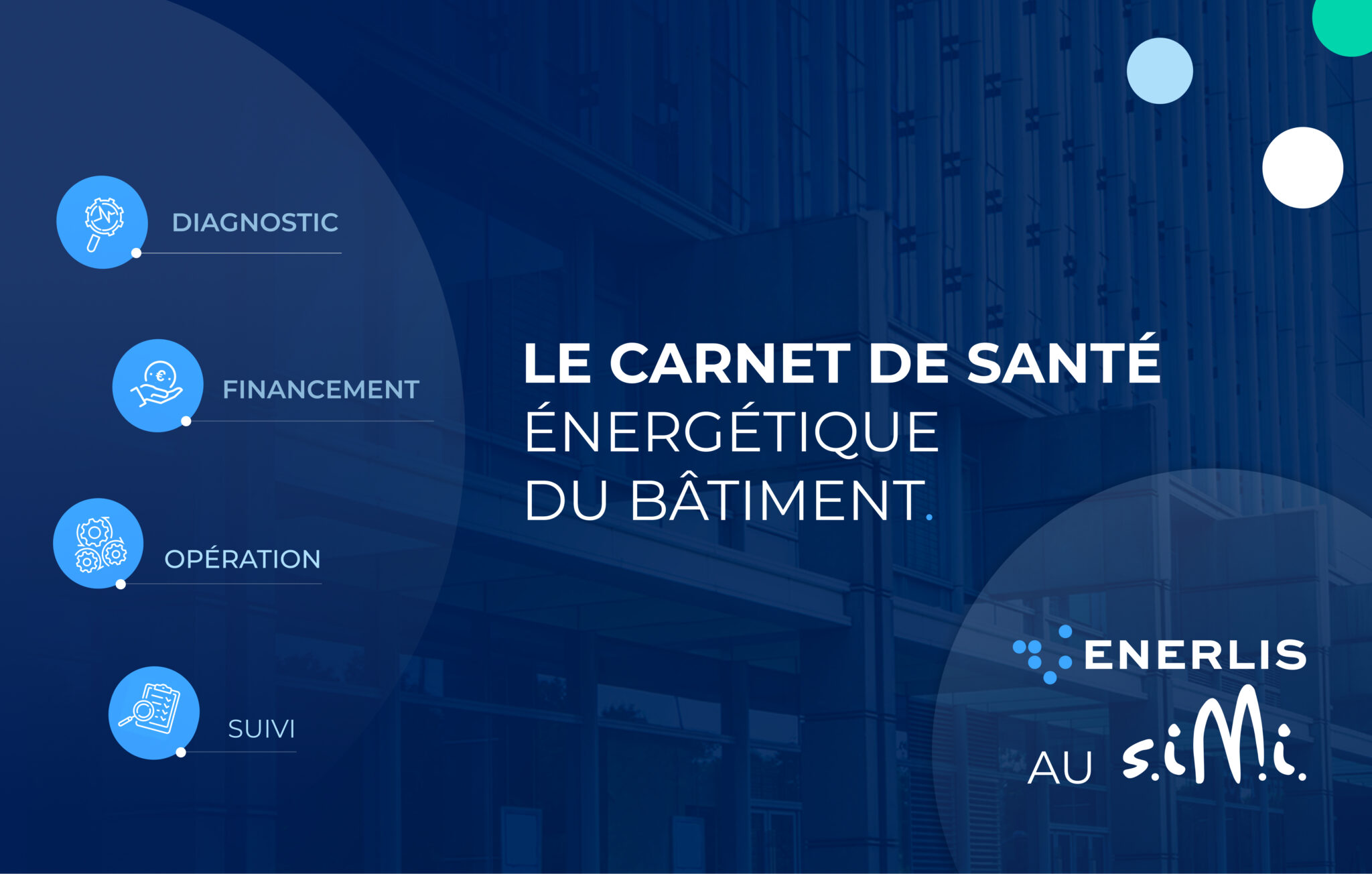The recent crises that have shaken the world (Covid-19, rising energy prices) have highlighted the fragility of the health system in France and more particularly the dilapidation of health establishments such as hospitals. However, the aging of infrastructures and their equipment has a direct impact on the quality of care provided. It is therefore essential to carry out the overall energy renovation of the French hospital network.
The challenges of hospital energy renovation
Both public and private hospitals are faced with numerous problems to which energy renovation can respond effectively.
Aging infrastructure
According to figures from Francetvinfo, “for more than 10 years, the rate of obsolescence (of hospitals) has continued to rise in France, reaching 80% of equipment and more than 55% of buildings.”
However, machines at the end of their life consume more energy than new, high-performance equipment. As for buildings, if they are poorly insulated, heat losses can be significant and lead to very high heating or air conditioning costs.
Acceleration of heatwave episodes
With warming , France is experiencing increasingly frequent and deadly heatwaves. However, many hospitals are not properly equipped with air conditioning , the latter being for example reserved for operating theaters. The lack of cooling in the rooms of particularly fragile patients (elderly or critically ill people) or in areas reserved for caregivers is therefore worrying.
Emergence of global health crises
defective, obsolete or poorly sized ventilation systems However, an efficient VMC makes it possible to significantly reduce the presence of humidity , the transmission of bacteria , the proliferation of fungi , etc. In other words, it helps preserve the health of the building’s occupants. We can therefore wonder to what extent poor ventilation in hospitals may have contributed to accelerating the proliferation of the coronavirus in certain hospitals.
High energy consumption
According to an Ademe study carried out in 2008, the average level of energy consumption in Ile-de-France healthcare establishments is around 270 kWh/m2/year . At the top of the expense items, we find heating (170 kWh / m2 / year), then electricity (100 kWh / m2 / year). Hospitals require a lot of energy to operate medical devices, radiology , air conditioning in rooms and even running the laundry and kitchen. This energy consumption can represent up to 7% of a health establishment's expenses excluding payroll.
Increasingly restrictive regulations
Tertiary buildings such as hospitals are subject to several regulations, starting with the Tertiary Decree. The latter requires establishments of more than 1000 m2 to:
- gradually reduce their final energy consumption ( 40% in 2030, 50% in 2040, 60% in 2050 );
- enter consumption data on the OPERAT managed by Ademe.
Furthermore, tertiary buildings equipped with a heating or air conditioning system with a nominal useful power greater than 70 kW are also subject to the BACS (Building Automation and Control System) decree. The latter requires the implementation of a BMS (Technical Building Management) at deadlines which vary depending on the project.
Hospitals are therefore very often affected by these two compliance obligations.
Energy renovation of hospitals: priority solutions
Enerlis, a specialist operator in the energy transition of the tertiary sector, recommends several energy renovation solutions to hospitals. Of course, they can vary depending on the project and its complexity.
Thermal insulation of hospitals
As we have said, hospitals are far too often subject to poor thermal insulation. The first step therefore consists of renovating the building envelope in order to improve energy efficiency. This can go through:
- insulation of walls , attic spaces roofing ;
- insulation of water pipes with type 4 insulation;
- the insulation of individual points in the boiler room (valves, taps, reducers, meters).
Air conditioning and heating
Heating is the largest energy expenditure item in a hospital . It is therefore essential to analyze existing systems to determine whether they require repair or replacement with new, more efficient equipment.
For HVAC (heating, air conditioning, ventilation), Enerlis recommends the installation of a heat pump: this is a machine that produces both cold and heat, all from a source of heat. energy of renewable origin : waste heat. This ecological and economical device which renews the air, controls humidity and produces domestic hot water perfectly meets the needs of health establishments.
Relamping
Finally, a project regularly carried out as part of the energy renovation of hospitals is relamping. In other words, the replacement of energy-consuming discharge lamps and fluorescent tubes with LED . Energy savings can easily reach between 50 and 80% for this work.
How does the energy renovation of a hospital take place?
The processes vary depending on the service provider responsible for the project. However, we often find these key stages.
Energy audit
Before embarking on renovation work, a careful analysis must be carried out within the hospital in order to identify the most important consumption areas as well as possible energy sources. This energy audit is carried out by a specialized professional such as Enerlis' partner design office: Esope .
Renovation work under close supervision
Most of the time, energy renovation work in hospitals is carried out while the establishment continues to welcome the public. It is therefore essential to call on a specialist who knows the specificities of the sector in order to eliminate any risk of infection linked to the construction site (water cut, proliferation of bacteria in the air or through pipes, noise pollution).
Financing and guarantees
Undertaking renovation work in a hospital environment can represent a investment for establishments that are already experiencing financial difficulties. Fortunately, the State has launched several aid schemes Among the best-known tools are:
- the Energy Saving Certificates (EEC) ;
- the heat fund.
Furthermore, certain energy transition specialists offer their own system. For example, Enerlis provides hospitals with a performance guarantee contract : the latter guarantees the beneficiary energy savings over a given time.
Monitoring energy consumption
Finally, following energy renovation work, energy consumption must be measured and closely monitored in order to evaluate the effectiveness of the project. For example, Enerlis provides its customers with an Energy Management System which provides real-time information on energy consumption.
sources:
https://www.francetvinfo.fr/sante/hopital/crise/hopitaux-quand-la-vetuste-s-croit_6306825.html
Similar articles

Press release | Enerlis at the heart of the Moroccan rail!
We are proud to announce the delivery of two photovoltaic solar power plants in the stations of Fez and Benguerir, made ...
See more

